Description
Product Description
Inflammatory swellings are considered to be due to the derangement of Kapha-Pitta elements in the body. Abscesses, glandular swellings and inflammatory skin lesions all fall in this category.
‘Trayantyadi Kashayam’ finds its textual reference in Ashtanga Hrdaya Vidhradi Chikitsa. It has proven efficacy in managing internal as well as external abscesses and swellings.
Trayantyadi Kashayam is also beneficial in Pitta predominant conditions like excessive thirst and sweating, hot flushes, fainting and dizziness.
Features and benefits of Trayantyadi Kashayam –
- Trayantyadi Kashayam is an aqueous extract of Trayanti (Bacopa monneiri), Triphala (The group of three berries – Amalaki, hareethaki, Vibheetaki), Nimba (Azadirachta indica), Katuki (Picorrhiza kurroa), Madhuka (Glycyrrhiza galbra), Trivrit (Operculina turpethum), Patola (Tricosanthes dioica) and Masura (Lens culinaris).
- Extensively used in relieving the signs and symptoms of inflammatory swellings, Trayantyadi Kashayam brings down the associated pain, discharge and oedema in the affected regions.
- It is used effectively in both internal and external abscesses, ascites and electrolyte imbalance.
- Trayantyadi Kashayam helps in managing uterine fibroids and ovarian cysts.
- It is beneficial in Pitta predominant conditions like excessive thirst, hot flushes, excessive thirst.
- It brings about mild laxation on a regular basis. This cleanses the gut and detoxifies the blood tissue.
Dosage & Directions for Use
Adult: 15-20 ml of Trayantyadi Kashayam mixed with 45-60 ml of boiled and cooled water, twice daily on an empty stomach.
Child: 10-15 ml of Trayantyadi Kashayam mixed with 30-45 ml of boiled and cooled water, twice daily on an empty stomach.
Suitable for all ages.
Key ingredients:
BRAHMI (Bacopi monnieri)
Brahmi is used for Alzheimer’s disease, improving memory, anxiety, attention deficit-hyperactivity disorder (ADHD), allergic conditions, irritable bowel syndrome, and as a general tonic to fight stress. It’s a common habit of eating Brahmi leaves for school-going children. Since the liver is the biggest agent of detoxification of the body, the compounds in Brahmi benefits the liver in this aspect. It helps by aiding the liver in its conversion of toxins into harmless ones and waste products.
HARITAKI (Terminalia chebula)
Commonly known as Indian walnut tree, it is one among the Triphala. The important drug in the various Ayurvedic preparations. It holds high significance for treating diarrhea, dysentery, vision problems, obesity, gingivitis, gout, asthma. Applying Haritaki powder along with coconut oil in the form of paste is used to heal wounds due to its astringent property. It also helps fight against infectious agents and prevents skin infections.
VIBHITAKI (Terminalia bellerica)
Commonly known as Bahera, it is one among the Triphala. The fruit of the plant is used. The drug is used in the preparation of many Rasayanas as well used in obesity, maintaining blood sugar level, enhances digestion, relieves constipation etc. Bibhitaki is high in gallic acid and ellagic acid, two phytochemicals that have beneficial effects on blood sugar levels, insulin sensitivity and body weight.
AMALAKI (Embilica officinalis)
Commonly known as Indian gooseberry, it is one among the Triphala. Rich with Vitamin C Amalaki is known for its anti-aging property and as an immunity booster. It is commonly used for maintaining cholesterol levels, heartburn, and diabetic conditions. Easily available in the kitchen as a side dish. Emblica officinalis is used as an anti-oxidant, immune-modulatory, antipyretic, analgesic, cytoprotective, anti-ulcer, immune-modulatory, anti-inflammatory, antitussive and gastroprotective.
NIMBA (Azardirachta indica)
It is commonly known as Neem tree. Neem is used for various skin diseases, eye disorders, ulcers, gum diseases, for birth control. It is also used as a mosquito repellent. Neem leaf paste is used as a home remedy for skin rashes. Neem leaf is used for leprosy, eye disorders, bloody nose, intestinal worms, stomach upset, loss of appetite, skin ulcers, diseases of the heart and blood vessels (cardiovascular disease), fever, diabetes, gum disease (gingivitis), and liver problems. The leaf is also used for birth control and to cause abortions.
KATUKI (Picrorhiza kurroa)
Commonly known as Katuki, it is used to treat skin conditions including eczema and vitiligo, a disorder that causes white patches on the skin. It is considered to be an important detoxifying or liver degenerating herb. Consumed with either warm water or ghee, it can naturally protect the body from seasonal dangers. You can also try adding powdered Katuki to your meals to boost your health.
YASHTIMADHU (Glycyrrhiza glabra)
Roots as choorna are mainly used for Ayurvedic preparations as well as a single drug. Yashtimadhu oil externally used for various skin conditions as well as decoctions is used internally for respiratory disorders and digestive disorders. Yashtimadhu can be used effectively in the prevention and treatment of oral mucositis post-radiation and chemotherapy in patients of cancer, especially of the head and neck region. The presence of glycyrrhizin and its compound, carbenoxolone, makes Mulethi a good remedy for constipation, acidity, heartburn, stomach discomfort, inflammation of the digestive system, and gastroesophageal acid reflux. Mulethi also works as a mild laxative and helps bowel movements.
TRIVRIT (Operculina turpethum)
Commonly known as Turpeth, it is useful for easy purgation. Trivrit can be considered the best owing to its properties like strength, piercing, and pungent nature. It is thus very useful in losing bodyweight. It is useful to get relief from worm infestation, constipation, and healing infected wounds. A paste of Trivrit is consumed in the early morning for purgation.
Specialty: 100 % Natural. Purely herbal. Vegetarian.


 Sign In
Sign In Cart
Cart 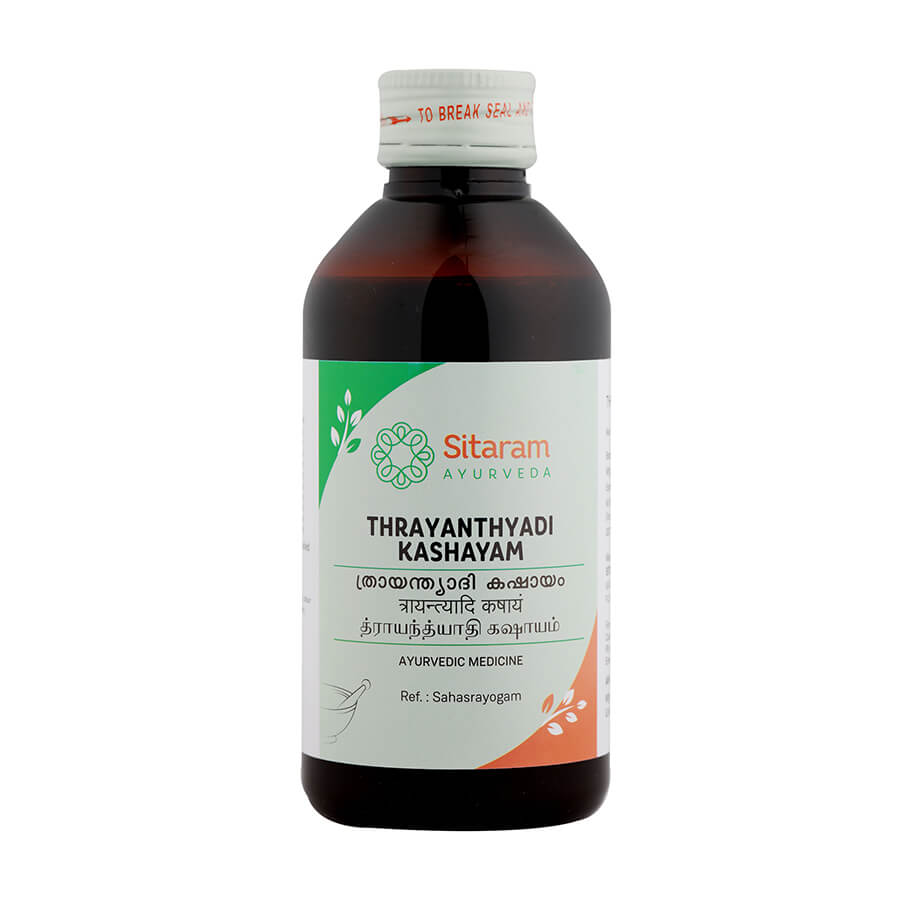
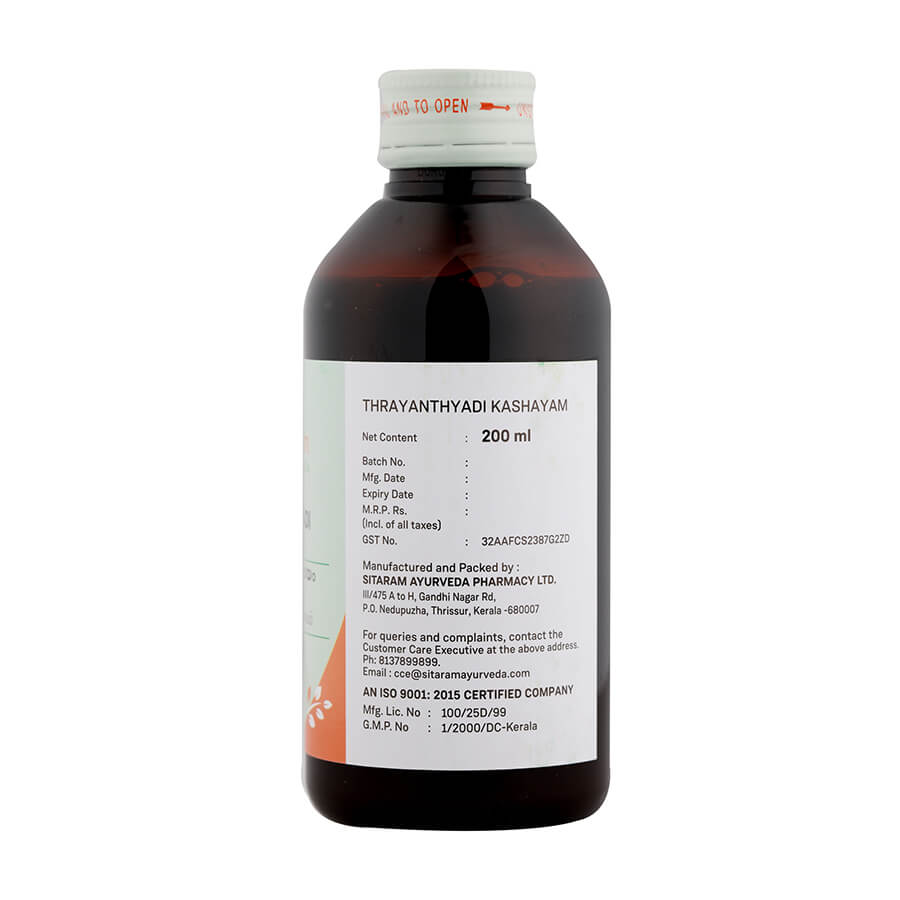
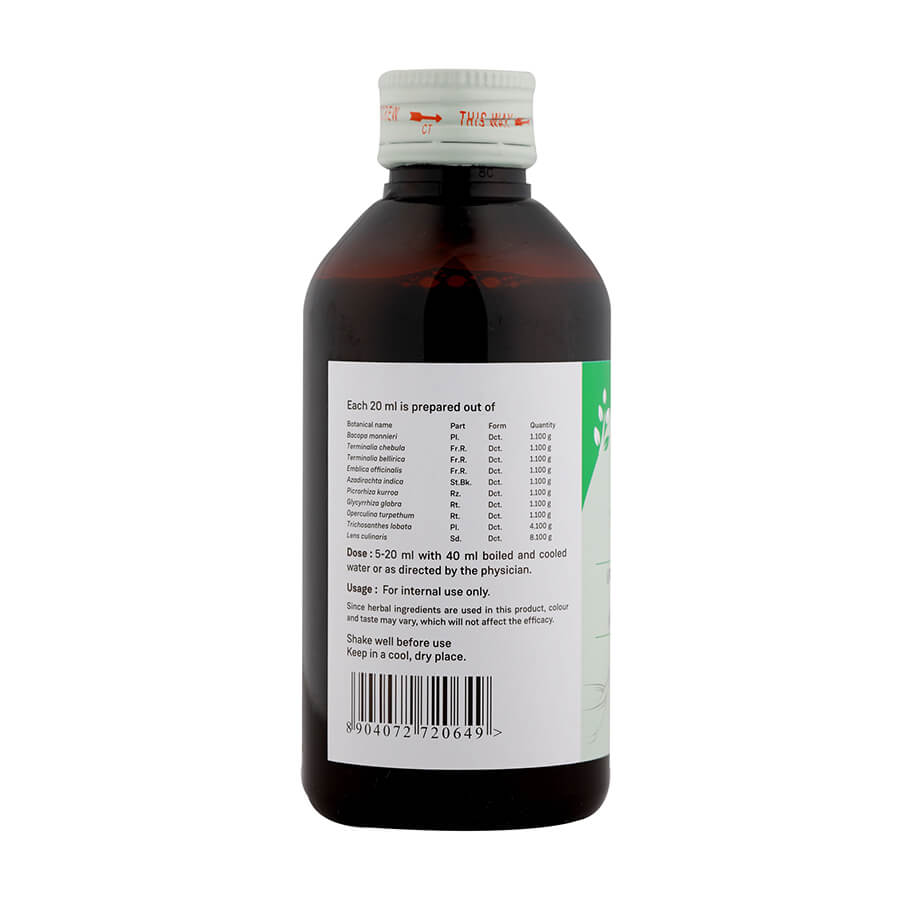
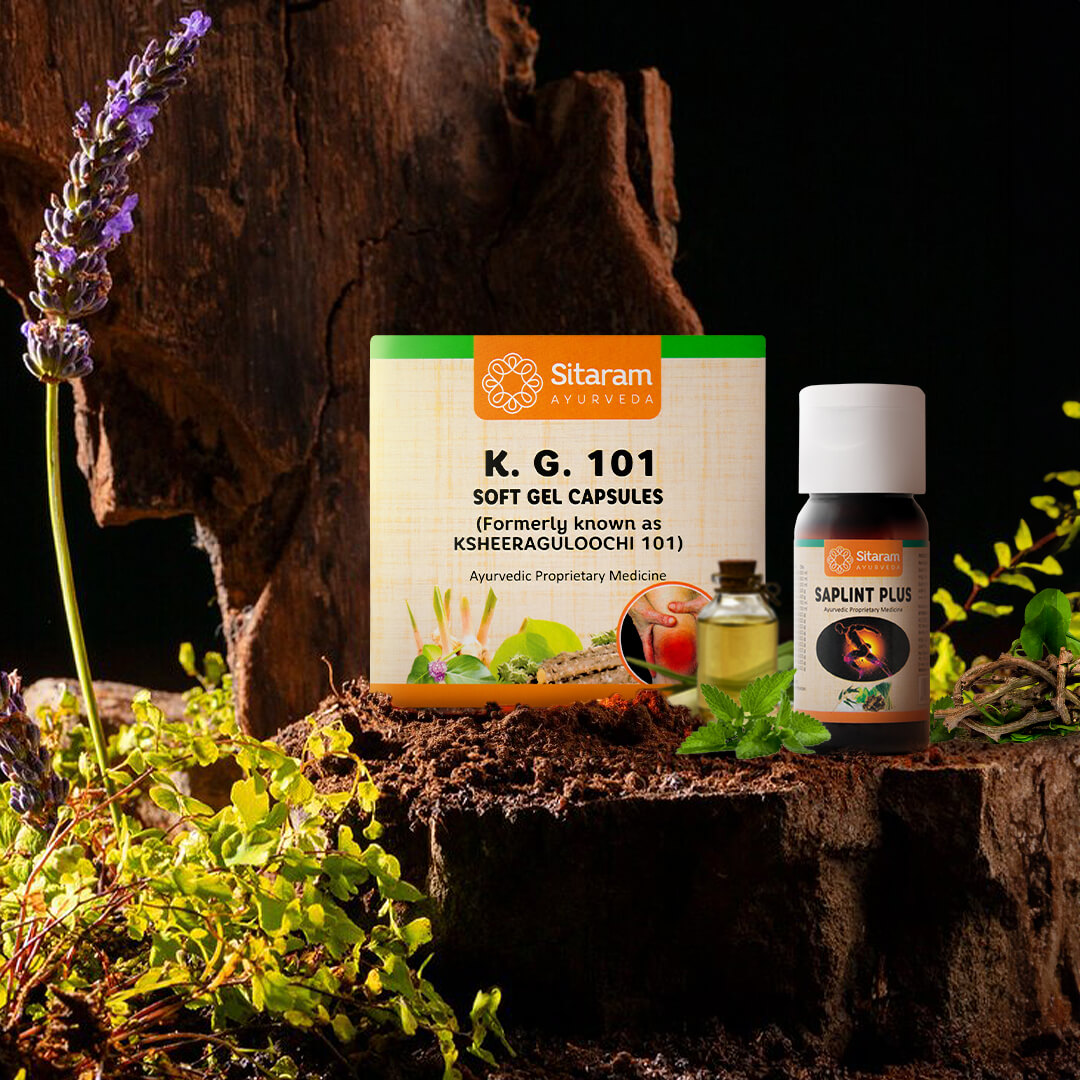
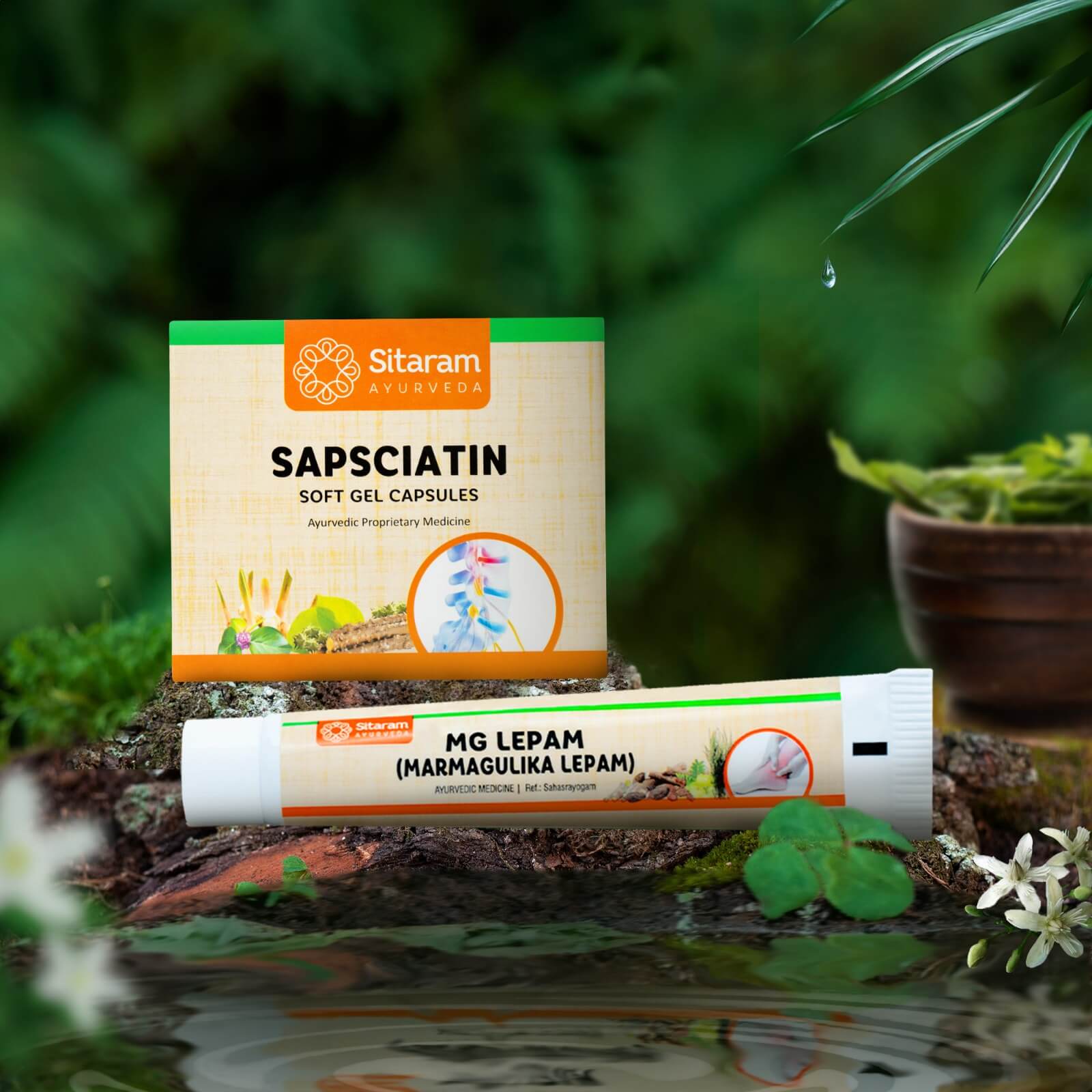
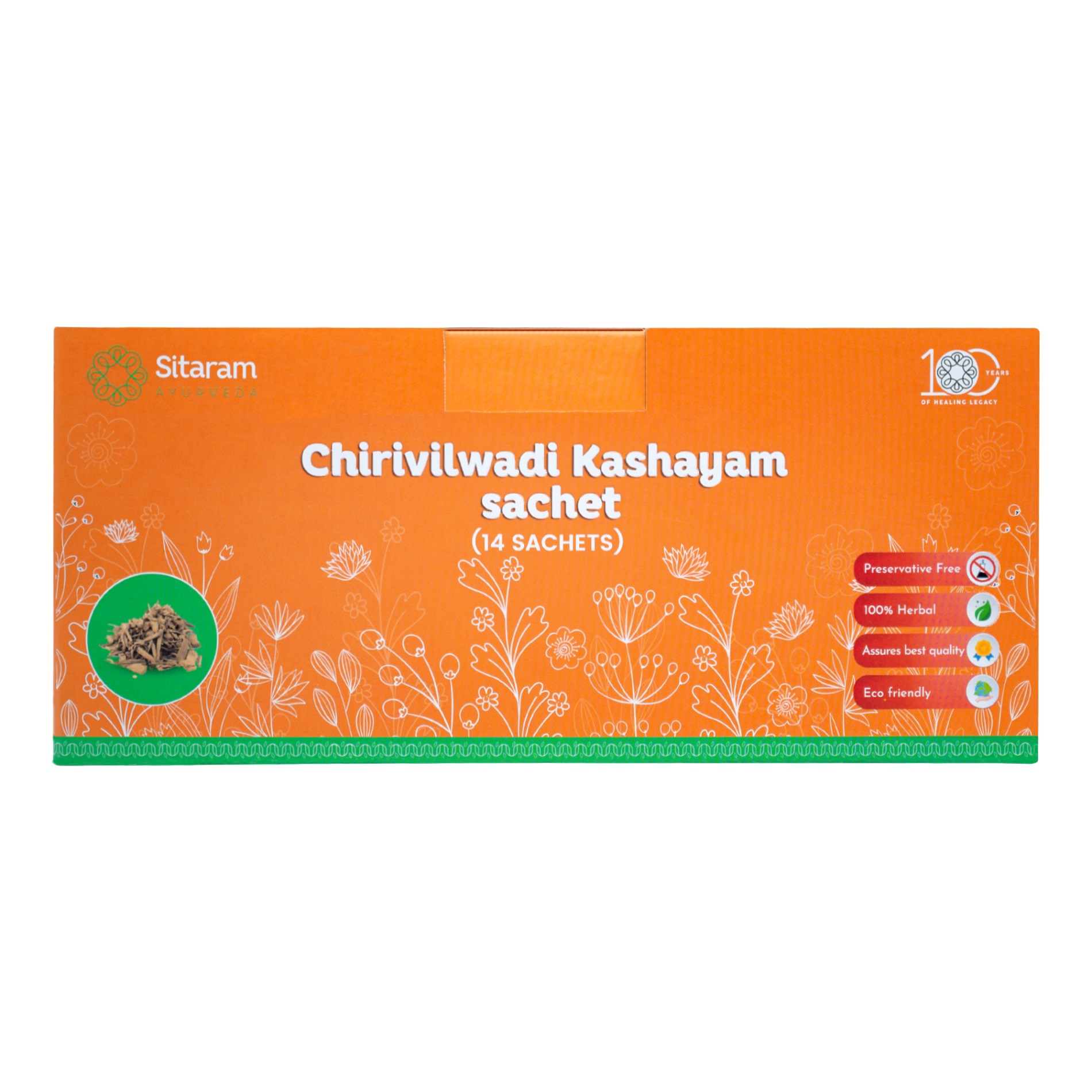
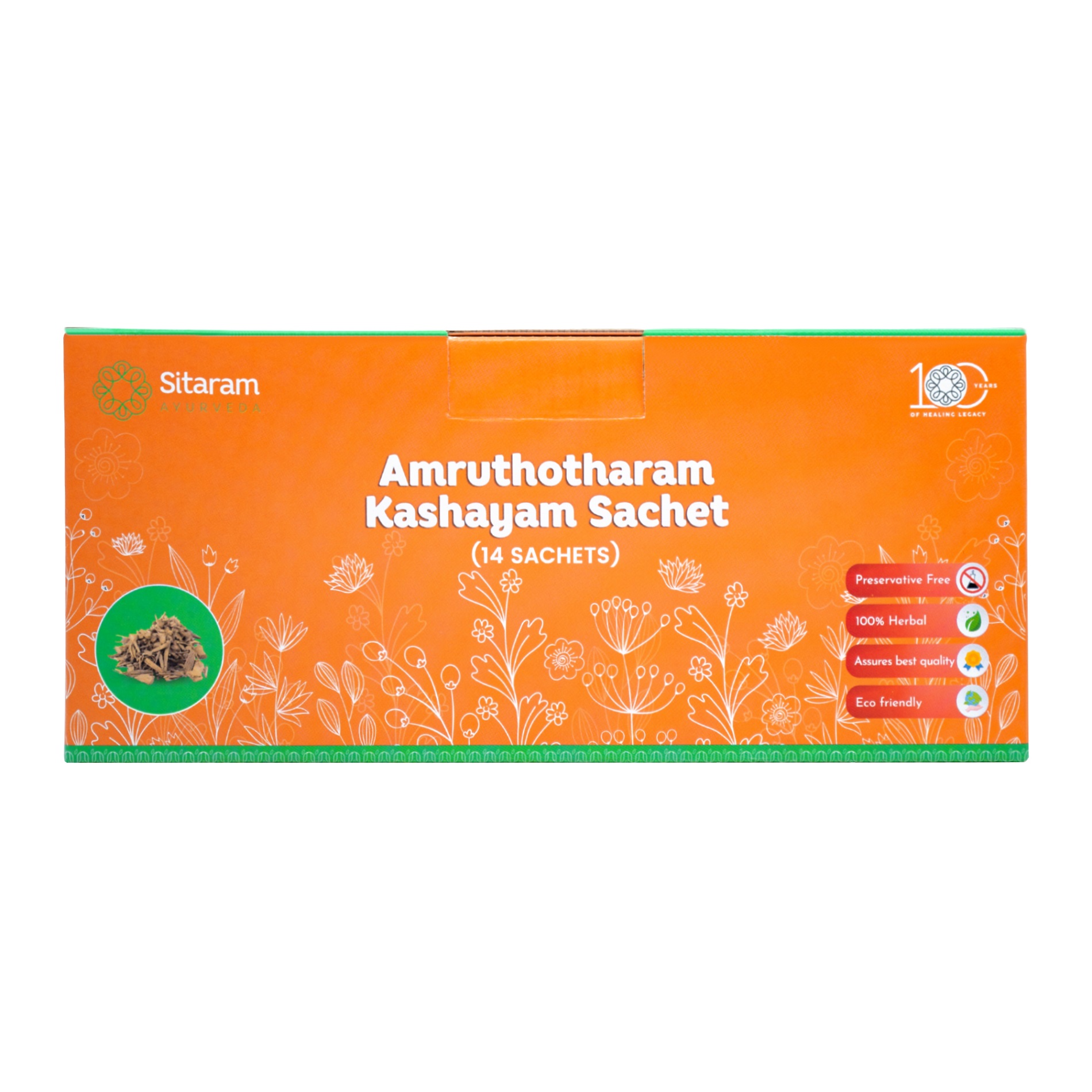
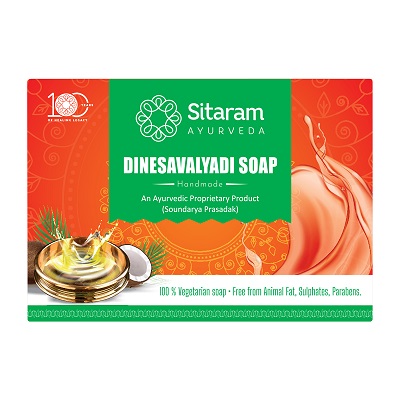
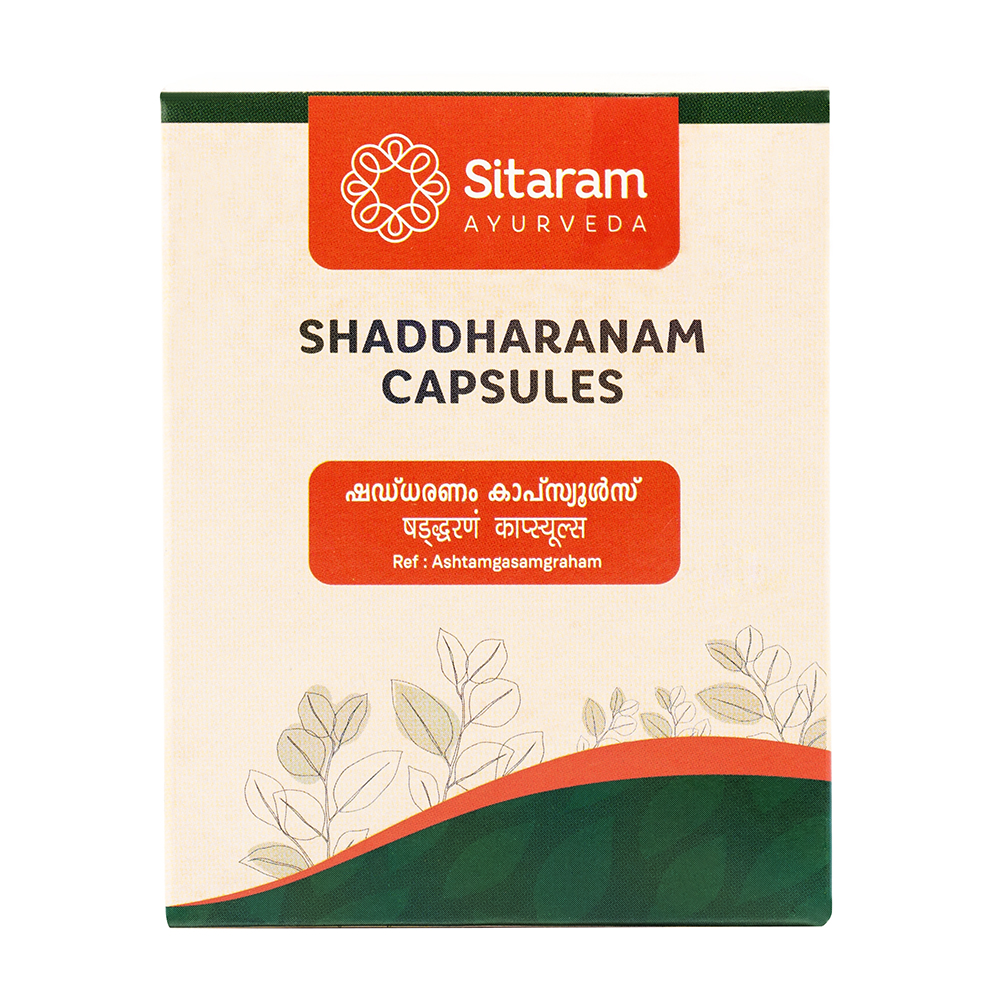
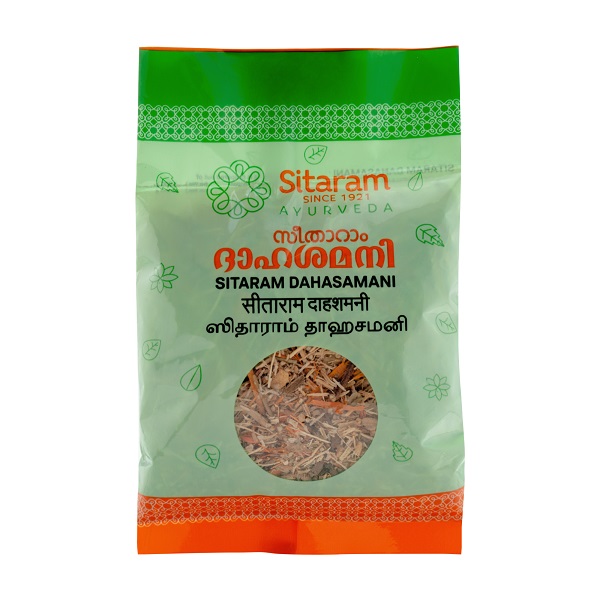
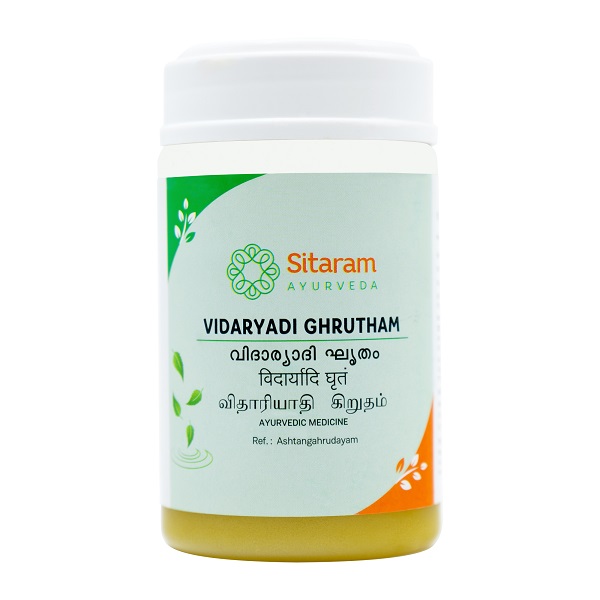
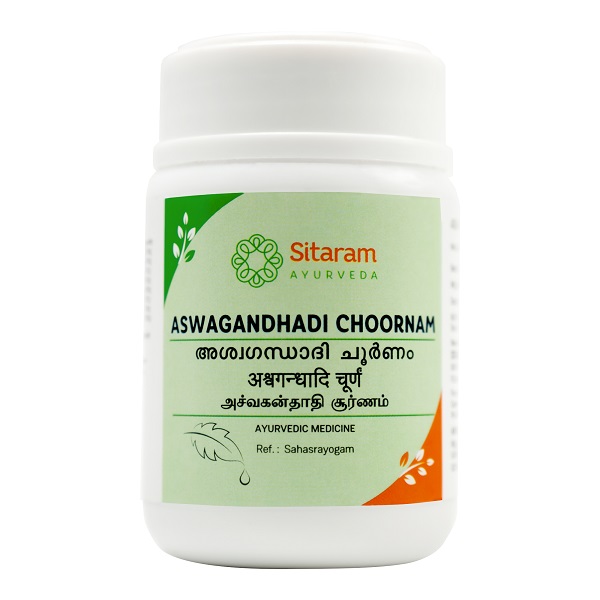
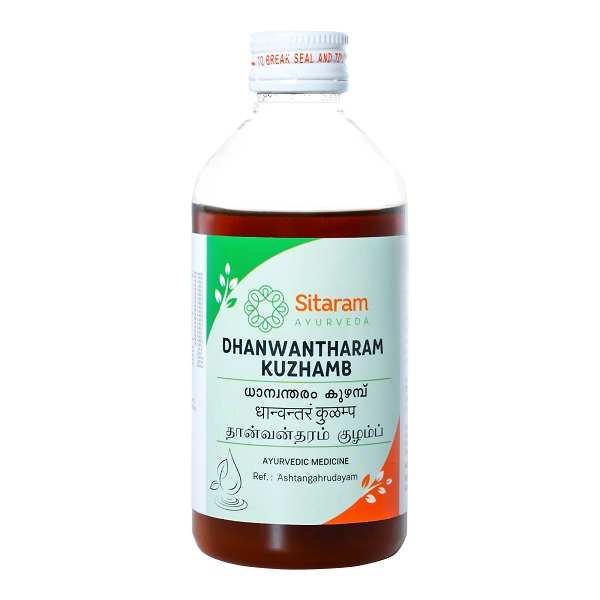
Soman Moorkkath (verified owner) –